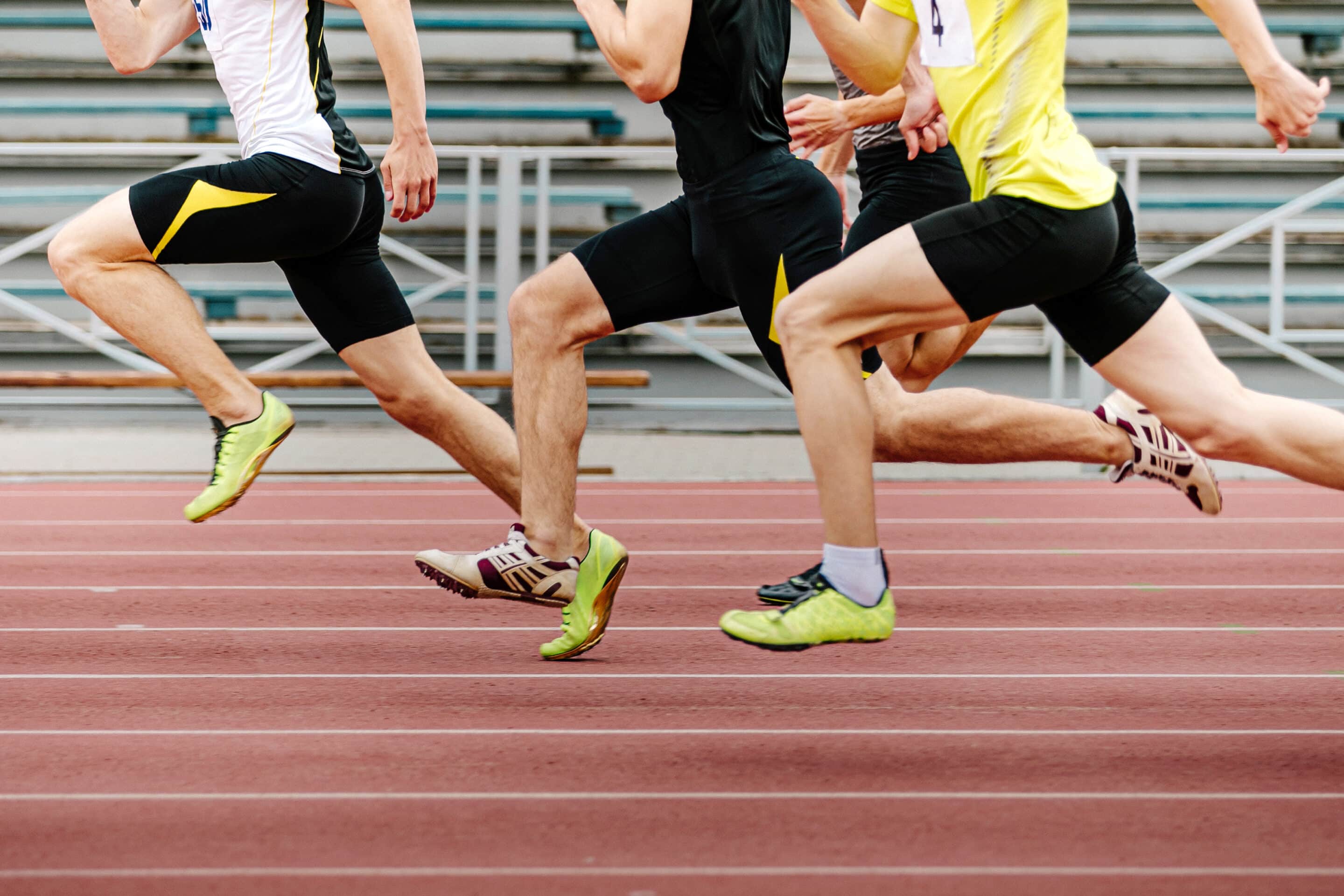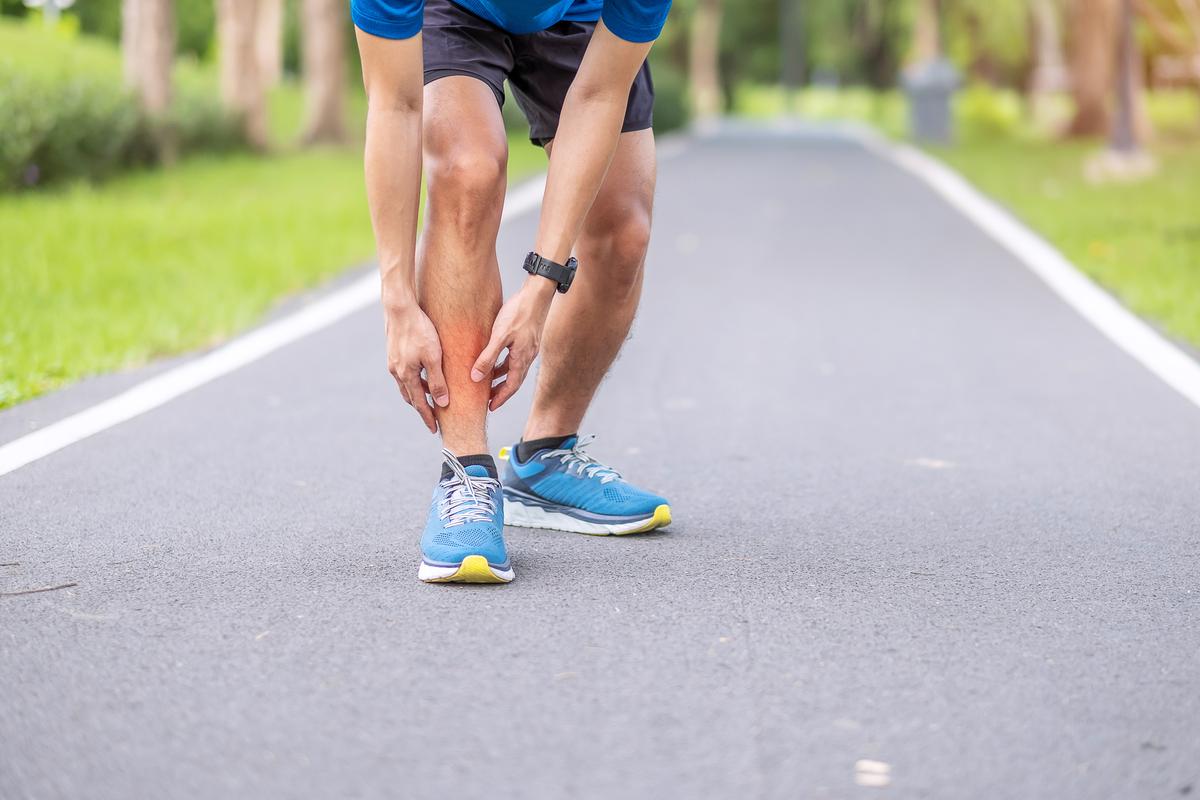
Menu
Menu
Close

Due to the stress and pressure they put on their bodies on every day, athletes face more foot- and leg-related injuries than the average individual. One of the most common impairments is shin splints.
Shin splints can be debilitating to athletes, impacting not only their time on the field but also their workout routines. But what is the most effective way to get rid of shin splints?
Read on to learn the steps that sports medicine professionals recommend you take to combat and overcome shin splints.


The term “shin splints” gets tossed around a lot in the athletic world, but what does it actually mean? Shin splints are formally known in the medical world as medial tibial stress syndrome. The term refers to the pain individuals feel along their shin bone, also known as the tibia.
The types of athletes that most commonly suffer from shin splints are runners and dancers. In fact, some studies suggest that shin splints equate to between 6% and 16% of all running injuries.
So what exactly causes shin splints? How do athletes end up getting them? Stress From overworking. Shin splints are caused by repeated stress or pressure on both the shinbone and the connective tissue that attaches your muscles to the bone. This type of stress occurs when athletes overwork these muscles, tendons, and bone tissue. In fact, shin splints can even be a part of “overtraining syndrome.”
Other factors include:
Now that you know what shin splints are and what causes them, let’s move on to the most important topic: how to get rid of shin splints. What type of treatment is needed to combat this pain?
One of the simplest steps is to fix or improve your running form. Keep a short, fast stride, make sure your knee is in line, push up and off the ground behind you, and relax your elbows. It is also very important to wear supportive shoes.
Another easy way to help is to rest and give your muscles time to recover. Find time to rest in between workouts. Also, make sure you stretch before, in between, and after workouts.
Practice cross-training, which means exercising in multiple ways throughout the week rather than constantly running. Try swimming, biking, yoga, or even just walking. All of these still forms of exercise. They will put less stress on your shins.
Lastly, massage therapy and foam rolling can also help reduce the pain of shin splints and overall leg pain in general. Try massaging your calves first to see how it feels. For foam rolling, place the foam roller on the ground and position yourself so that it is underneath your calves. Roll the painful area for about 30 seconds to one minute then take a break for the same amount of time. Try to repeat this process daily for five to 10 minutes.
There’s no one single, guaranteed method for how to get rid of shin splints. However, taking any of these actions can lessen your chances of experiencing this pain or reduce the pain once you begin experiencing it.
Make sure you’re wearing the right shoes or cleats. Evolve and adapt your workout routines. Be sure you’re not overworking yourself. Keep those strategies in mind and you will have a much better chance of remaining a healthy and happy athlete. Do you still have questions about shin splints or other foot- or leg-related ailments? Contact us today, so we can help you!






Payments Accepted: Cash, Credit, Debit, Health Savings Accounts, Flexible Spending Accounts